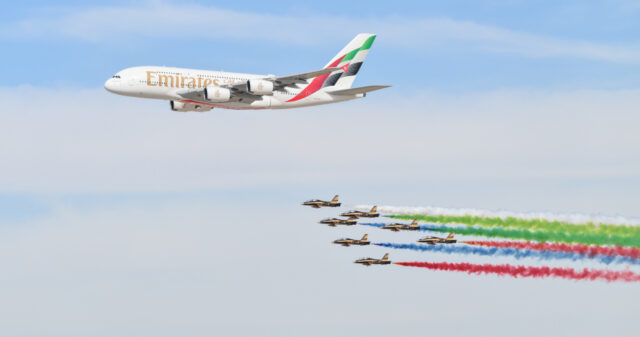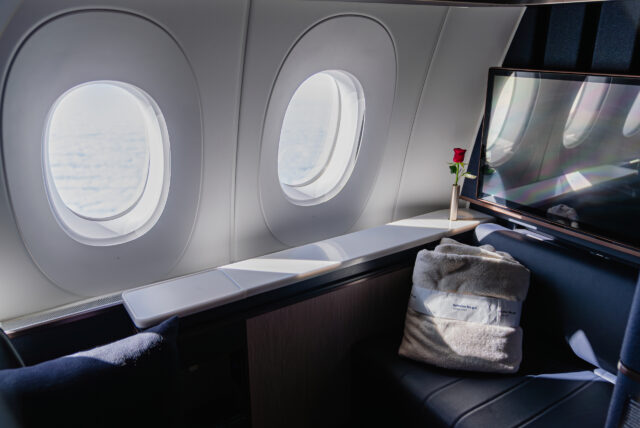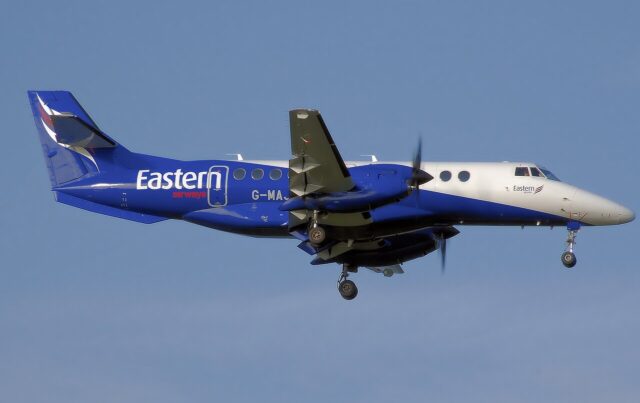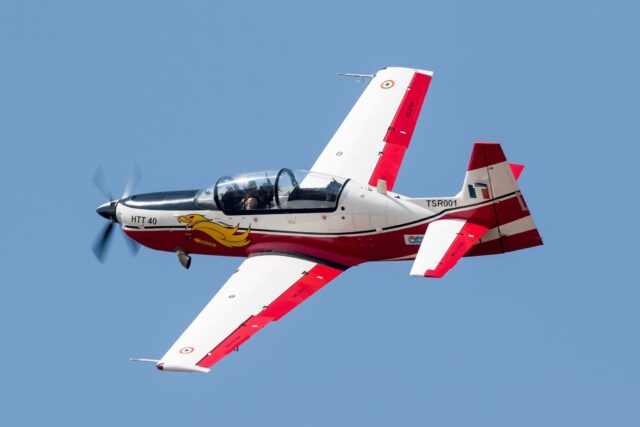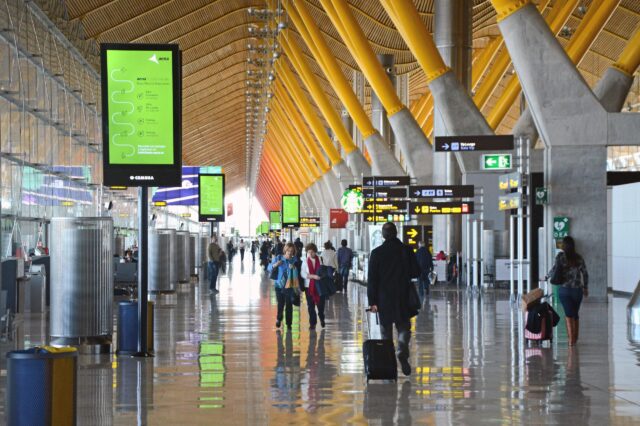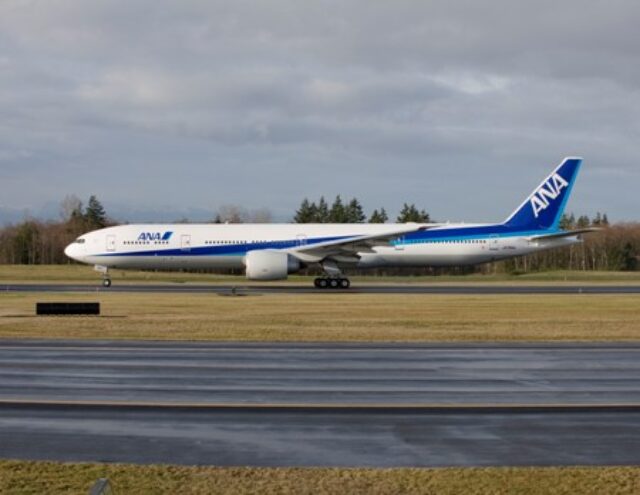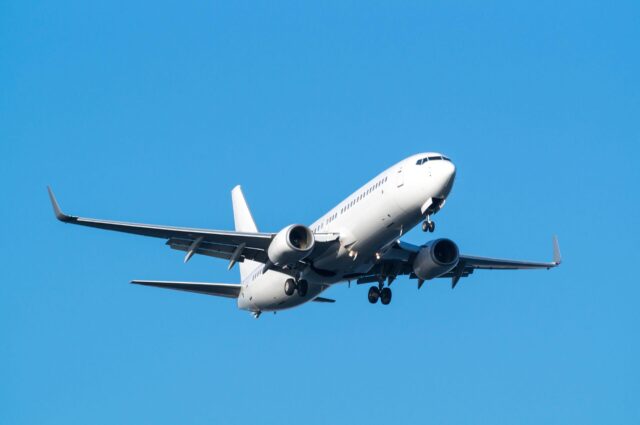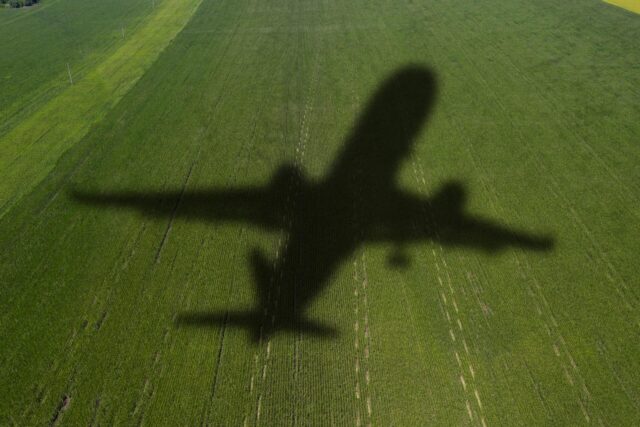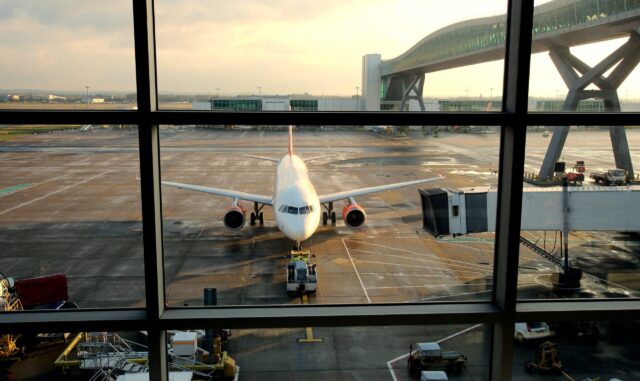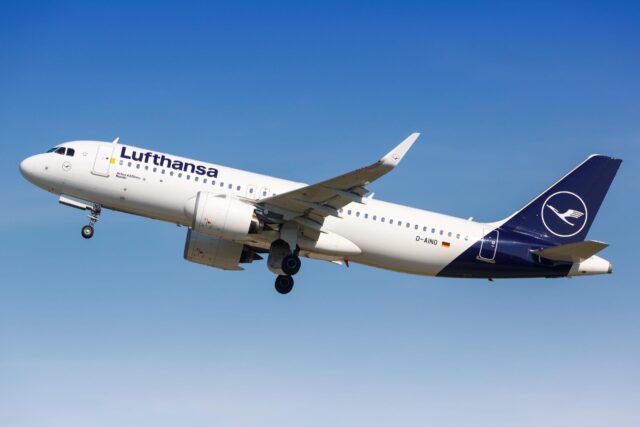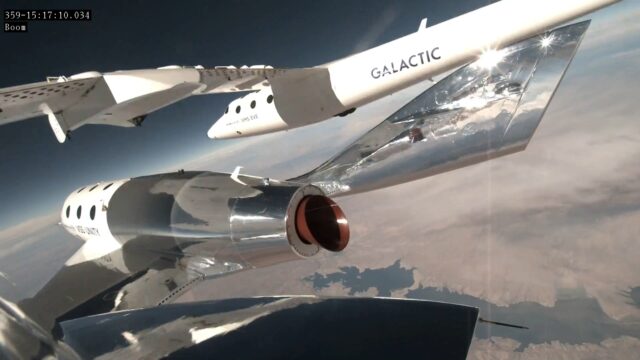MC-21 costs soar as Russia struggles to revive aircraft industry amid sanctions

July 20, 2025

In response to the Russian invasion of Ukraine in 2022, the West imposed crippling sanctions. Russia is scrambling to restart domestic production of commercial aircraft, particularly for the Yakolev MC-21 narrowbody aircraft, but this effort has been repeatedly delayed. Meanwhile, the costs of Russian aircraft have soared as more Western aircraft are grounded.
Russia’s forlorn goal to produce 1,000 aircraft by 2030
After the imposition of sanctions on Russia, Russia announced it would restart commercial domestic production and produce 1,000 aircraft of all types by 2030. Initially, Russia targeted 108 aircraft of all types to be delivered between 2022-2024.
It is now mid-2025, and none have been delivered. That is, except for seven Superjets assembled from pre-stocked components and a few test aircraft.

Two of the main aircraft Russia wants to produce are the Sukhoi Superjet and the Yakolev MC-21. However, the Superjet was made with 80-90% foreign-sourced components, and the MC-21 had 60-70% foreign components. Even the old Soviet-era Tupolev Tu-124 had 13% foreign components that are now unavailable due to sanctions.
Not only are some of these components not produced in Russia at all, but the commercial Russian industry is competing with the military industry for what available resources are available. This is pushing up the cost of commercial aircraft, drawing away engineers, and limiting the sector’s access to needed components.
Russifying the Yakolev MC-21
The Yakolev MC-21 is a Boeing 737 or A320 competitor and the flagship of Russia’s commercial aircraft industry. Russia is racing to substitute foreign components. The aircraft was poised to enter service before the invasion of Ukraine, and Europe’s EASA was working on its type certificate. It had originally been intended to enter serial production in 2016.

Efforts to russify the jet resulted in it becoming six tons heavier, underpowered, and more expensive. It had been designed with the Pratt & Whitney PW1000G, but now it will fly with the Russian-made Aviadvigatel PD-14. The first all-Russian MC-21-300 took flight in April 2025 on a one-hour and 15-minute test flight.
However, these engines are far less durable than their Pratt & Whitney counterparts and require much more maintenance. In 2024, Russia also scaled back the production of engines, raising questions about how there could be enough engines to equip the aircraft planned to be built.
Kommersant reported in January 2025 that 24 Aviadvigatel PD-14 engines were planned to be produced in 2025 for the MC-21. However, that was scaled back to just seven units for the whole year. Kommersant expects production of the MC-21 to reach a rate of 36 units a year only after 2029.
Russifying aircraft by substituting Western products is far from a one-for-one swap. Russian/Soviet aircraft were modernised with Western equipment because there was no analogue in Russia. The BBC reported in December 2024 that Russia is looking to restart the production of old Soviet-era aircraft because they are simpler to produce.
In cases where there is a modernised version, Russia is looking to restart the older, obsolete version. It is even exploring producing aircraft that require a flight engineer, a position made redundant decades ago.
More expensive than Western commercial aircraft
According to reports by the Russian news outlet Kommersant, over the last two years, the MC-21 has seen its price soar by 65% to 7.6 billion rubles. At current exchange rates, this equates to around $97 million or £73 million, although volatility in the exchange rate can significantly change that figure. For reference, data from IBA in 2024 shows the market rate for a new Boeing 737 MAX or A320neo is around $55 million or £43 million.

Other Russian aircraft have also spiked in costs. The Il-114-300 and small Baikal aircraft have seen prices increase by 40-80%.
Aviadvigatel PD-14 engines cost around double that of the superior PW1000G engines. Before sanctions, the PW1000G cost 800 to 900 million rubles ($7.8 or £5.8 to $8.8 £6.6 million in January 2025 exchange rates). The cost of a new PD-14 engine was reported at around 1.8 billion rubles ($17.6 million or £13.2 million).
Russia’s looming aviation crunch
Not only is Russia currently unable to purchase new commercial aircraft, but it is also struggling to maintain the aircraft that it does have. This has forced it to reactivate previously retired aircraft like Boeing 747 Jumbos.
Some sanctions are easier to evade than others. New aircraft, like Russia’s Airbus A320neo fleet, are some of the most difficult. Not only are the engines more advanced and difficult to service, but parts are more difficult to find on the black market. Around half of its A320neo/A321neo fleet was reported not to be flying in 2024.
This is particularly true for Russia’s S7 Airlines. As of the time of writing, Planespotters.net shows 21 of its 31 A320neo fleet as parked. According to Kommersant, many of these are not expected to fly again. These A320neos are equipped with Pratt & Whitney PW1000G engines.
Making matters worse, many leased aircraft were seized as sanctions came into effect. Perhaps the most unfortunate airline was Russia’s Royal Flight Airlines, which saw 11 of its fleet of 13 aircraft seized. Left with just two aircraft, the airline was dissolved and its remaining aircraft passed to other airlines.
Russia is forced to make difficult decisions. The vast expanse of Russia means it is vital to keep its civilian aviation sector healthy, but often, the priority for the government is the ongoing war and keeping its air force operational.
Russian sources, including Komersant, estimate the fleet of foreign aircraft of all types (mostly Airbus and Boeing) will decrease from 738 strong in 2022 to just 319 aircraft by 2030. It also estimates an acceleration in retirements from 2026.

This is forcing Russia down a troublesome road. In 2022, Russia estimated it would need 1,000 aircraft by 2030, but 3.5 years later, none have been delivered, while its existing fleet of aircraft is 3.5 years closer to wearing out.
Importing COMAC or Embraer not an option
While China and Brazil do not participate in Western-led sanctions on Russia, they are unable to supply their COMAC and Embraer aircraft. This is because those aircraft are similarly stuffed with Western components, including Western engines.
The future of the Chinese COMAC C919 is also uncertain, with the Trump Administration flirting with banning the export of CFM International LEAP engines needed for the aircraft.
